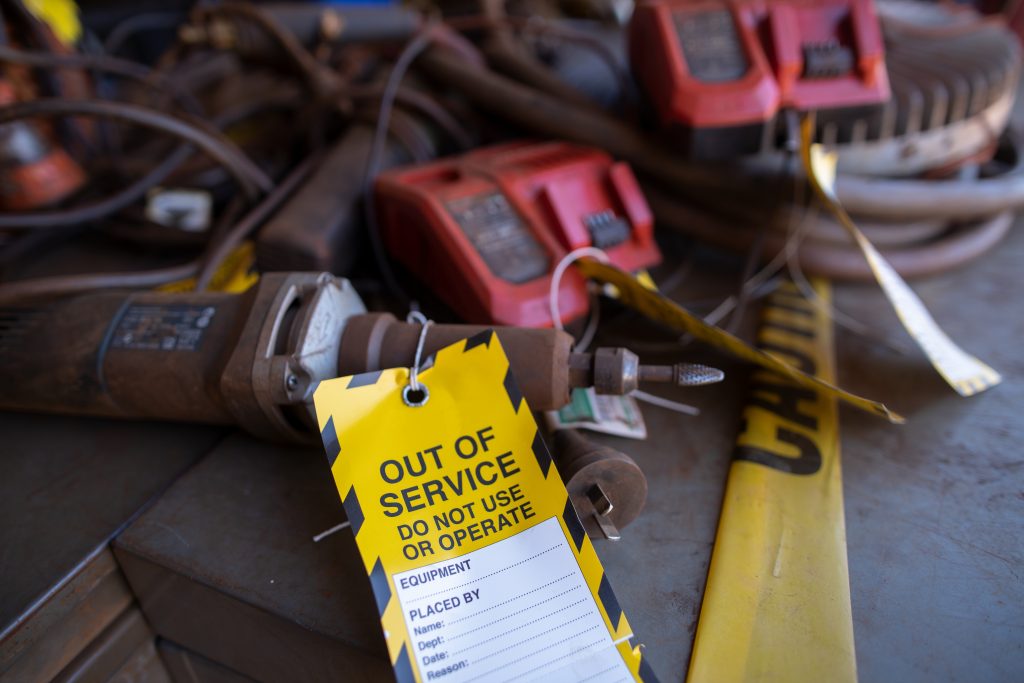
Machine downtime is one of the most common and expensive problems in industrial or manufacturing facilities. According to a Forbes report, companies experience 800 hours of downtime per year, or more than 15 hours a week.
That has a huge impact on revenue. For example, an automotive manufacturer loses about $22,000 for every minute of lost production time. A cement manufacturer loses $12,000 an hour. This doesn’t include the indirect costs incurred:
- Additional labor and overtime
- Wasted products or materials
- Reduced capacity of vessels
- Additional testing and quality control
Machine downtime can also lead to lost sales opportunities and tighter profit margins. According to the report After the Fall: Cost and Consequences of Unplanned Downtime: “The reverberation is felt across businesses as a whole.”
Causes of Machine Downtime
There are two kinds of machine downtime: planned downtime or the expected time required for routine cleaning and maintenance, and unplanned downtime caused by equipment failure, operator error, and poor material flow.
Equipment failure and operator error are relatively rare and can be avoided through regular inspection and proper training. However, poor material flow can happen every day.
Many bulk powders and solids are prone to bridging and ratholing, which obstructs vessel outlets until the flow slows down or stops completely. The machines must be shut down so workers can clear out the material blocks or scrape away residue on the walls.
This was exactly what happened in the Mexico plant of a regional manufacturer of asphalt products. “Over the weekend, when the plant was unstaffed, the asphalt materials would settle completely. When workers returned on Monday, they had to climb seven meters down into the dark silo, and clear thick layers of compacted material just to get the factory running again,” said the Sales Manager.
An electricity-generating plant faced similar issues with bituminous coal, a mining by-product used as a clean energy source. The material would plug in the chutes, forcing operators to shut down the process so workers could chip away at the caked-on material. This occurred 15 times during each 12-hour shift, taking 20 minutes each time.
Machine downtime from poor material flow was creating production losses and safety hazards. Fortunately, they found a simple, reliable solution: AirSweep pneumatic flow aids.
Reduce Machine Downtime With AirSweep
AirSweep has helped thousands of plants around the world eliminate bridging, ratholing, and other common causes of machine downtime.
Each nozzle emits a high-pressure, high-volume, 360-degree burst of compressed air to lift and sweep stalled material back into the flow stream – clearing the way for higher factory and material handling efficiency.
AirSweep works where other flow aids have failed. The asphalt manufacturer had tried electric vibrators and air cannons, but workers still had to hammer away at the material blocks. After installing AirSweep, they never encountered material blocks again.
“After four years, we finally have the right solution! We are very happy with the system.” They have saved time, energy, and money from maintenance costs and losses from machine downtime, and are looking to install units in their other plants.
The electricity generating plant reported similar success. AirSweep solved all plugging issues and used less energy than air cannons and other flow aids they had tried. With their higher productivity and lower energy costs, they have already gotten their full return on investment. “AirSweep paid for itself in just two weeks!” said Jeffrey Campbell, Plant Engineer.
Get the AirSweep solution
Contact us to find out more about how AirSweep can restore material flow, increase productivity, and prevent machine downtime.





Comments are closed